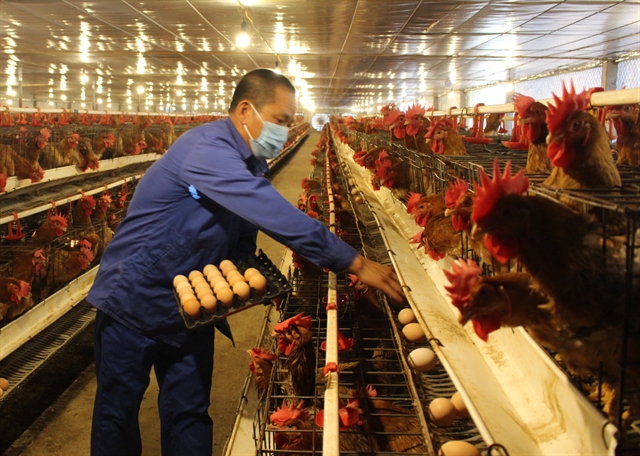
HCM CITY — The Việt Nam Poultry Breeders Association has said the Government should have a strategy to develop feed ingredients domestically to reduce their imports.
It forecast demand for the raw materials to increase over the next five years to 28-30 million tonnes a year costing US$12-13 billion, including 14.5-15 million tonnes for poultry feed.
Feed production has been growing by 13-15 per cent annually, and Việt Nam has become the 10th largest producer in the world and the largest in Southeast Asia.
But it still relies heavily on import of raw materials.
According to a forecast by the US Department of Agriculture, Việt Nam will continue to depend on imports for raw materials like soybean powder, corn, other cereals, bran from copra and canola, animal proteins such as meat and bone meal and fish meal.
Phạm Đức Bình, deputy chairman of the Việt Nam Animal Feed Association, said the industry is dominated by importers and foreign businesses, while all the corn used for production is imported.
Việt Nam only produces rice bran and cassava, and has failed to develop other inputs because of poor productivity, and the animal feed supply chain is not comprehensive, he said.
The dependence on imports and the sharp increase in global prices of raw materials due to crop failures and China buying record quantities means input prices have increased sharply.
The lack of empty containers, which are stuck in various ports around the world, to transport goods has further increased the prices of imported raw materials.
To minimise the monopoly of foreign enterprises and create competition, Bình said the Government should plan raw material areas and offer preferential credit policies to domestic companies.
Experts said it is time for Việt Nam to develop domestic feed ingredients supply in a methodical manner.
One of the solutions is to apply bio-technology to develop crops for feed ingredients, helping reduce imports, they added. — VNS